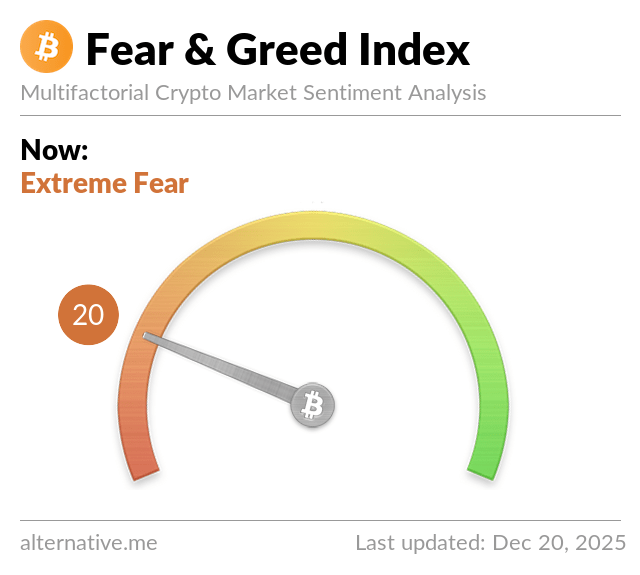Crypto scams are on the rise in 2025, with fraudsters leveraging the power of AI and scam-as-a-service operations to deceive victims like never before. According to the latest report from blockchain analytics company Chainalysis, generative AI technology is fueling the growth of fraud by reducing costs, increasing scalability, and making it more difficult to detect scams.
In its recent Crypto Scam Revenue 2024 report, Chainalysis highlighted the alarming trend of fraudsters using AI to enhance their schemes. Elad Fouks, the head of fraud products at Chainalysis, emphasized how AI-powered tools can create fake identities and generate synthetic content to impersonate real users and bypass identity verification systems.
The report revealed that crypto scam revenue reached approximately $9.9 billion in 2024, with “pig butchering” scams leading the way. These investment fraud schemes build trust over time to deceive victims. The total scam revenue is projected to surpass $12 billion as more fraudulent addresses are exposed, according to Chainalysis.
Behind the surge in sophisticated scams is a well-organized support network that enables fraudsters to operate at scale. One notable example is Huione Guarantee, a peer-to-peer marketplace that offers legitimate services alongside tools and infrastructure used by scam networks. Revenue from scam-related service providers on Huione skyrocketed from 2021 to 2024, particularly in AI service vendors, which saw a 1,900% increase in revenue.
AI-powered scams are becoming increasingly difficult to spot due to their realistic and convincing nature. Fake websites, investment platforms, and social media profiles can now be generated quickly and inexpensively, making it challenging for victims to distinguish between genuine and fraudulent content. Chainalysis’ fraud detection system, acquired for $150 million last month, discovered that 85% of scams involved fully verified accounts, highlighting the effectiveness of bypassing traditional identity checks with AI-generated identities.
The financial impact of AI-powered fraud extends beyond the crypto industry. Deloitte’s Center for Financial Services predicts that AI-driven scams and deepfakes could cost the US economy $40 billion by 2027. Government agencies are taking notice of this growing threat, with the US Federal Bureau of Investigation (FBI) issuing warnings about scammers using AI to target cryptocurrency investors.
Despite efforts to combat fraud, the prevalence of crypto scams continues to rise. Chainalysis reports that scam activity has increased by an average of 24% per year since 2020, with this trend expected to persist in 2025. The accessibility of AI technologies to malicious actors further amplifies the threat of scams in the crypto space.
In a separate analysis, Chainalysis estimated that illicit crypto transactions may have reached up to $51 billion in 2024. Although the percentage of illegal activity compared to overall crypto usage has decreased, the absolute value of illicit transactions remains substantial.
As the crypto industry grapples with the growing challenge of fraud, it is essential for users to remain vigilant and adopt best practices to protect their assets. By staying informed and cautious, individuals can safeguard themselves against the evolving tactics of scammers in the digital landscape.
(Photo by Unsplash)
Tags: AI, blockchain, cryptocurrency











